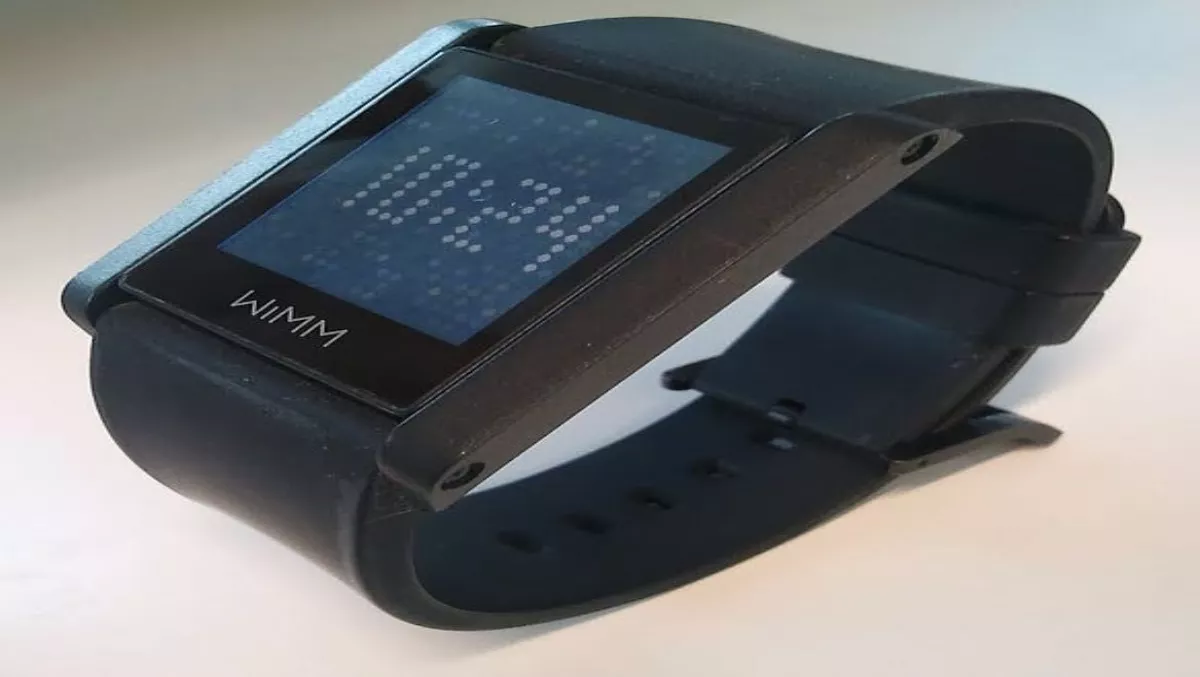
Is the future of mobile computing wearable?
The innovations coming out from the world’s leading mobile companies seem to indicate that the next big thing might be wearable consumer devices. But it also might not be - wearable consumer computing devices have had a very limited appeal despite a history which goes back longer than you might think. The concept is nothing new (the humble wristwatch is a wearable machine which tells the time), but the level of functionality and performance is.
It should be noted at the outset, that wearable computing is used in many commercial, military and other applications. However, widespread consumer appeal - such as that associated with the smartphone revolution - has to date evaded manufacturers. It is this that may be set to change.
Wearable consumer devices which are top of the agenda today are Google’s Glass and Apple’s iWatch; Sony already offers an Android SmartWatch, while back in 1999, Samsung introduced its first Phone Watch (to a very muted response) but is rumoured to be developing a modern-day answer to the iWatch.
These devices are far from alone: a wearable Android reference device, called the WIMM One, was launched back in 2011.
A really long history
Indeed, the first example of a wearable computing device can be found not in the heady days of the late 1990s, but in 17th century China. That's because certain citizens of the Qing dynasty were known to sport rings which contained fully functional miniature abacuses.
The appeal of wearable devices is perhaps obvious: if it’s on our wrist (or elsewhere), then, much like jewellery, it can’t be easily forgotten or lost. It’s also more difficult for a thief to steal it.
However, the drawbacks of electronics, rather than the mechanical technology contained in a Qing ring, include the limitations associated with battery life (consider how inconvenient it might be to recharge your wedding ring every day or so) and the difficulty of rendering an electronic device capable of going wherever you do, including the swimming pool and the shower.
Solving these drawbacks has a precedent: mechanical watches have largely yielded to electronic ones, with even analogue devices often driven by tiny batteries and miniaturised electronic innards.
For now, the leading contenders which might bring wearable computing to the masses, remain Google and Apple. Let’s consider their devices in more detail:
Google Glass
While nothing seems space age in today’s world of astounding advances which are simply taken for granted, Google’s Glass headset computer is pretty she-wow.
What is it?
Google Glass is, in effect, a wearable computer contained in some cool (or not so cool - fashion is fickle and in the eye of the beholder) sunglasses.
What does it do?
It sees what you do, setting the scene for augmented reality. It takes pictures, video, provides directions, translations, sends messages, answers questions, searches for information. In short, it does what your smartphone does, except it’s strapped to your head.
Since most people don’t shower with their sunnies on, Google Glass has two likely advantages right off the mark: it can be regularly charged by placing it on a cradle when not in use; and it doesn’t have to be fully weather-resistant.
Can you buy one now?
No. But developer versions are in circulation and sell for some US$1500.00
Apple iWatch
Apple revolutionised the world with the iPod, then did it again with the iPhone. Then did it yet again with the iPad. With its fortunes waning somewhat (the share price has come off a high of above $700 to hover around the $430 mark), the iWatch is rumoured to be ‘the next big thing’ for Apple.
What is it?
No surprises here: it’s a wristwatch. Conceptual leaks and speculation (Apple product development is notoriously secretive) seem to indicate what looks an awful lot like a miniaturised iPhone on a strap. No surprises there, either.
What does it do?
It tells the time. It is also likely that the iWatch will do more or less everything your iPhone does. Beyond that, the full extent of what the iWatch may or may not do remains buried in Apple’s skunkworks.
Can you buy one now?
No. In fact, the iWatch is more rumour than fact, although rumours have always played a somewhat unique role in Apple’s marketing.

